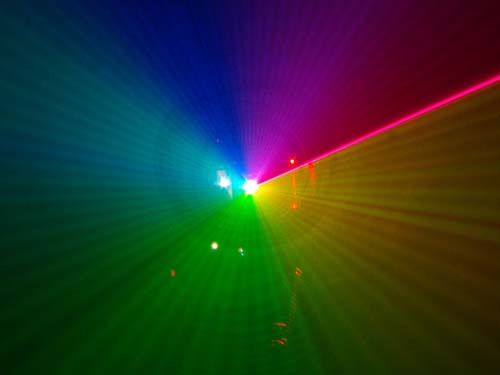Murudai said:
[quote author=Diachi link=1218901355/0#9 date=1218936626][quote author=Murudai link=1218901355/0#7 date=1218930915]Yeah, that's what I was thinking. But what about analogue? What if you want, say, a colour gradient or something? Wouldn't that kind of mess things up?
Though... I suppose you wouldn't normally do something like that... so I guess it wouldn't be too much of a problem...
Analogue is for mixing colours at different levels, so you can get different 'shades' of colours, without analogue you would be limited to 7 colours, but with it you can get any colour in the rainbow ( if your using RGB ) with TTL modulation 0V is on 5V is off, or vice versa, you cant get in between its either 1 or 0, on or off, with analogue 0V is on and 5V is off, or vice versa, but 2.5V would be roughly half power, so you can get on or off, or all the stages in between .
Best way to describe it is like two light switches, one just switches on or off, the other is a dimmer switch, it can make the light any brightness between off and full power.[/quote]
wtf are you crapping on about. I KNOW what analogue is, if you look in the FIRST reply in this thread, you'll see where I said the SAME thing as you just said to answer the original question in this thread.
you fail at reading

Let me make it clearer then. Say you want a colour gradient, you want to slowly go from green to blue lets say over a second, with all the colours in between. And you want to scan across the room. The scanner will scan across at 20,000, but the analogue modulation only works at 10,000. Does that mean that it will just gradient every second point in the scan? Or will it screw up completely, because you're pushing it too hard?[/quote]
Hey!!! that was uncalled for, bringing my bad reading skills into it like that !!
But anyway, I'm not sure about that, I'm guessing your right though.






